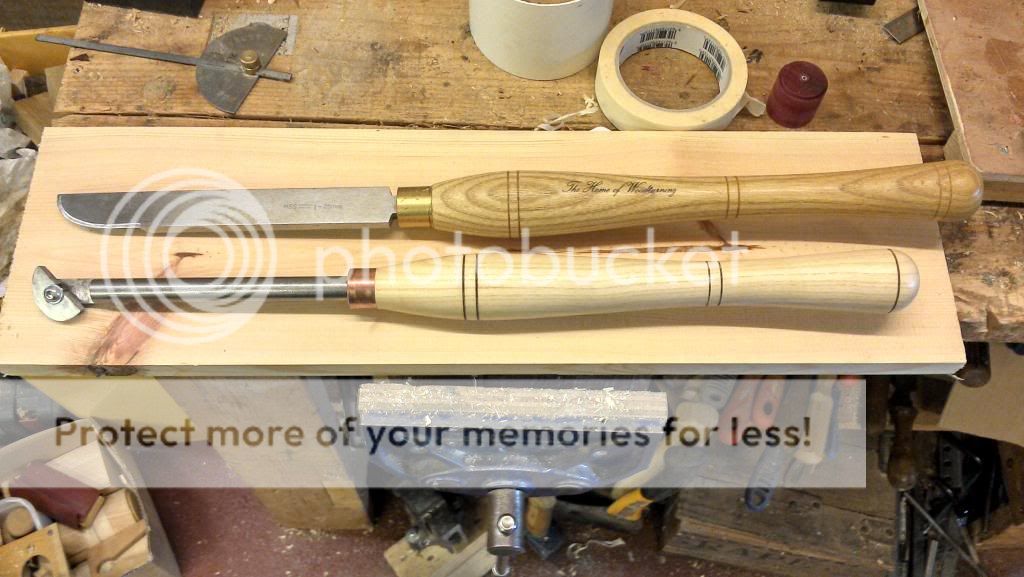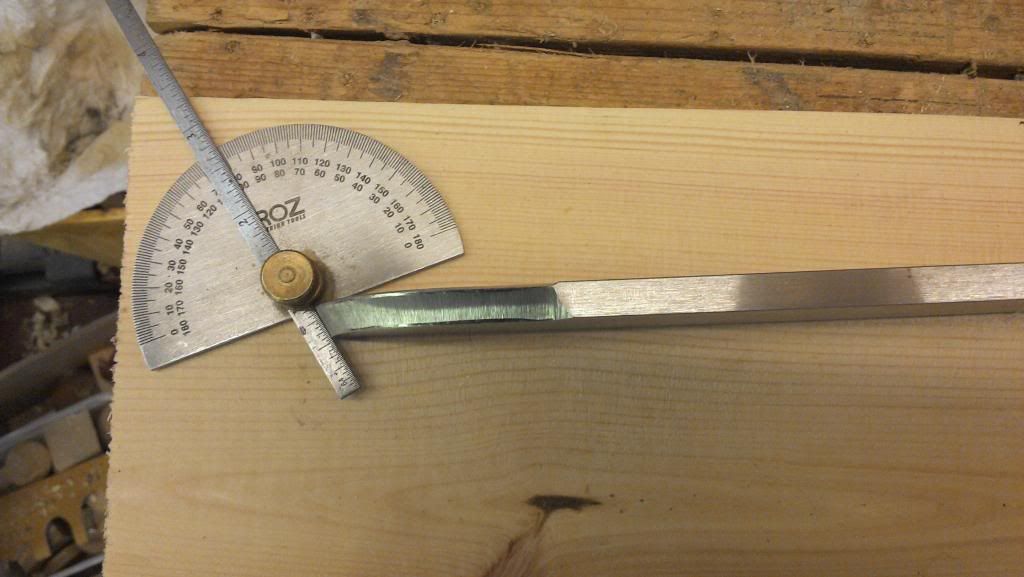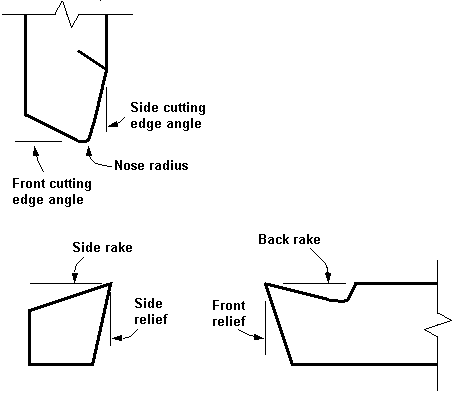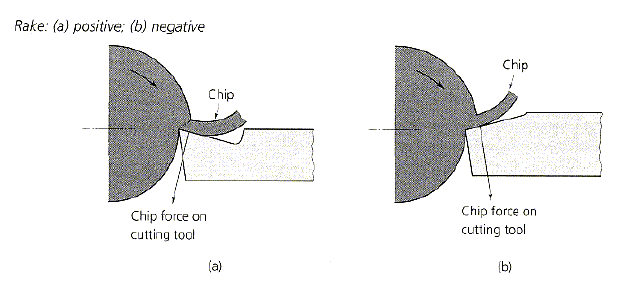Random Orbital Bob
Established Member
Never used one. Any opinions, comments, value judgements from people that have tried them please?

woodfarmer":3bry6try said:I have a confession to make. I often use my skew chisel as a straight scraper.
It works fine, if anything easier that the round nose scraper I bought. Much less likely to take a deep cut.
I really haven't yet got the knack of using it as a skew chisel.
Wybrook":2prk25iu said:woodfarmer":2prk25iu said:I have a confession to make. I often use my skew chisel as a straight scraper.
It works fine, if anything easier that the round nose scraper I bought. Much less likely to take a deep cut.
I really haven't yet got the knack of using it as a skew chisel.
Oh good. I am not alone




Spindle":156quk4z said:Hi
I've yet to experience the need for one - I've never had a problem with a normally ground scraper - the harder the wood the easier it is to get a good finish.
Regards Mick


woodfarmer":28j8lgcq said:I have a confession to make. I often use my skew chisel as a straight scraper.
It works fine, if anything easier that the round nose scraper I bought. Much less likely to take a deep cut.
I really haven't yet got the knack of using it as a skew chisel.
Spindle":1l9w6rsm said:Hi Chipmunk
Is that technically a negative rake scraper? From your description of it in use it seems to be being used as a normal scraper, your relief of the upper surface allowing you to raise the cutting edge to the centre line and thus improve visual reference but still acting as a normal scraper in it's cutting action.
I understand negative rake scrapers to be used bevel rubbing and have an angle between the upper face and the bevel to be in excess of 90 degrees.



chipmunk":1qtdruct said:The rake angle IMHO is simply the angle, measured from 90 degrees, between the cutting edge and the material being cut. Like this...
